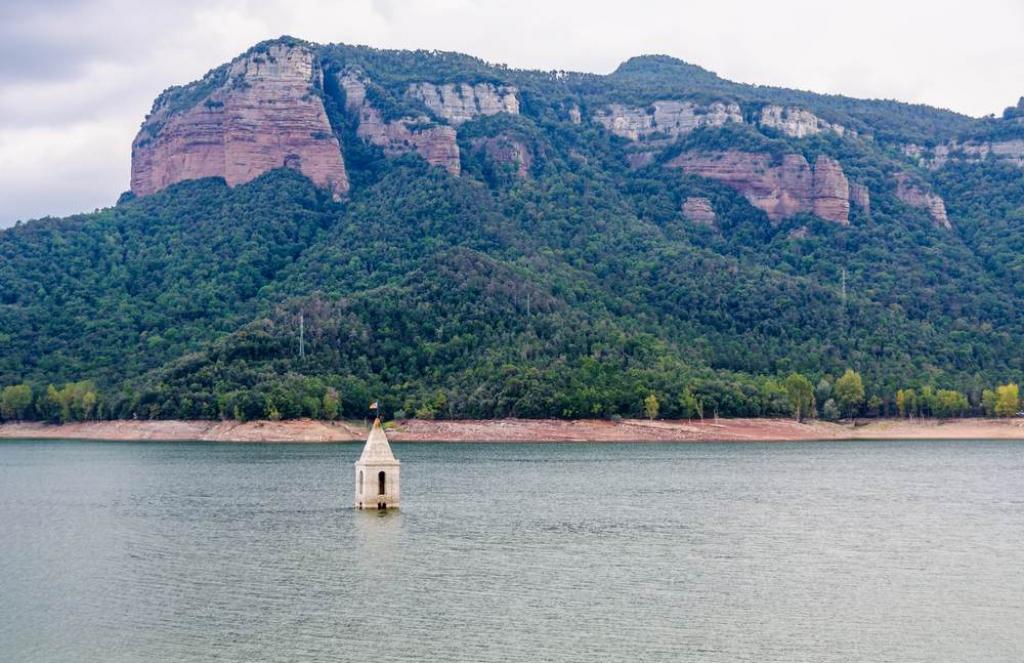Officials in Catalonia have announced the launch of an extraordinary operation to clear as many as 1.5 tonnes of fish a day, including many invasive species, from a rapidly dwindling reservoir in the hopes of salvaging drinking water as drought continues to grip the region.
According to reports, the operation is focused on the Sau reservoir, a sprawling body of water flanked by mountains and tree-covered hills about 60 miles north of Barcelona, where water supplies have plunged to their lowest level since 1990.
Starting this week, as many as five fishing boats will be lowered into the Sau with the goal of clearing out as many fish as possible. Any invasive fish caught in the reservoir will be sacrificed, in accordance with local regulations on exotic species, while any fish caught that are native to the area will be released into nearby waters.
Jordi Ruiz of the regional government said that as many as 60 tonnes of fish could be living in the waters of the Sau, of which an estimated 80% are believed to be invasive species.
“If we do nothing and it doesn’t rain, the fish will die anyway, damaging the quality of the water,” he said.
Read also: Over 100 killed as Storm Freddy hits Mozambique, Malawi
Reports have also shown that the mass of invasive fish – which range from wels catfish to common carp and pike perch and are believed to have been introduced to the reservoir for sportfishing – are expected to be sent to a local business, which speculated that they could be used to create biodiesel or fertiliser.
Officials are also gradually transferring the remaining water to a nearby reservoir in order to minimise the risk that it could become contaminated as the reservoir is drained.
“It’s an extreme scenario,” Elisabet Mas of the Catalan Water Agency told reporters on Monday. The reservoir was at about 10% of its capacity, or enough to meet the needs of a million residents for three months, she said. “The drought is exceptional and we have to take advantage of the few resources available.”
This is not the first time that the Sau reservoir’s dramatic fluctuations have made headlines.
Recall that In August, receding waters exposed the ruins of an 11th-century church, offering a glimpse of the village that had been submerged in the 1960s in order to build a nearby dam. Also In 2005, officials drained the reservoir and removed about 16 tonnes of fish amid concerns that the proliferation of invasive species would render the water undrinkable.
Story was adapted from the Guardian.
